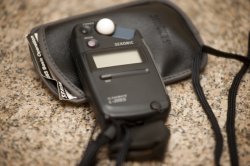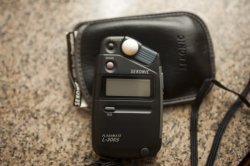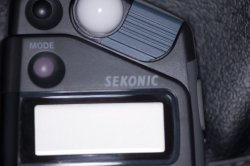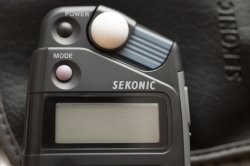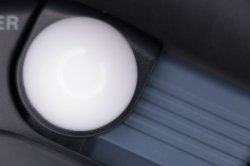Hello,
I've got D90 kit (18-105mm) and I started to love taking photos of things from very close distance like flowers, butterflies etc. I don't have money to by myself a new macro (correct?) lens but I've heard that you can get extension tube for your existing lens and that will do the trick too and will increase the zoom range a lot for such close ups. Is that information correct?
What would be a good kit of those tubes to start with? Is there anything particular I need to look for before purchase? I've tried amazon but there are so many things and it is confusing to me so can I please get your help with it?
Thank you very much in advance for any suggestions.
I've got D90 kit (18-105mm) and I started to love taking photos of things from very close distance like flowers, butterflies etc. I don't have money to by myself a new macro (correct?) lens but I've heard that you can get extension tube for your existing lens and that will do the trick too and will increase the zoom range a lot for such close ups. Is that information correct?
What would be a good kit of those tubes to start with? Is there anything particular I need to look for before purchase? I've tried amazon but there are so many things and it is confusing to me so can I please get your help with it?
Thank you very much in advance for any suggestions.


